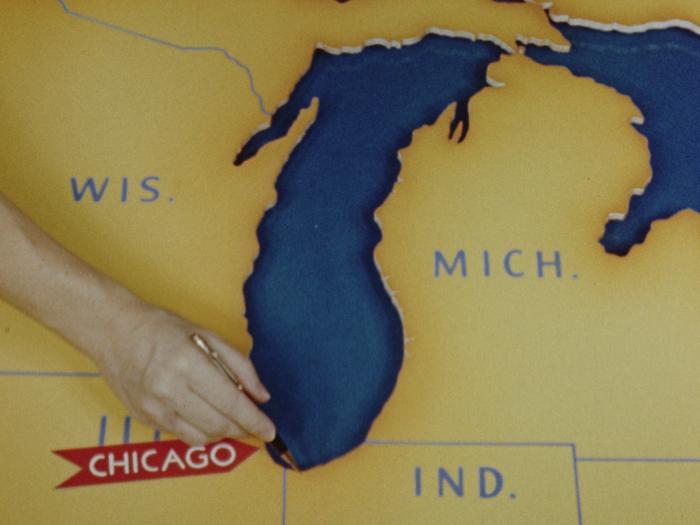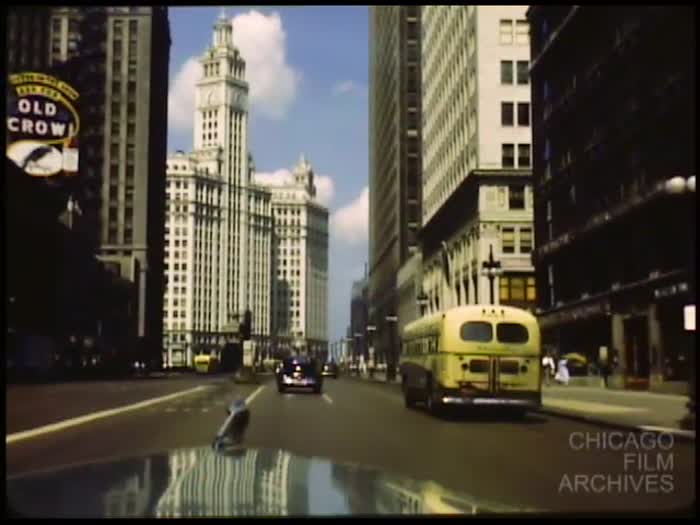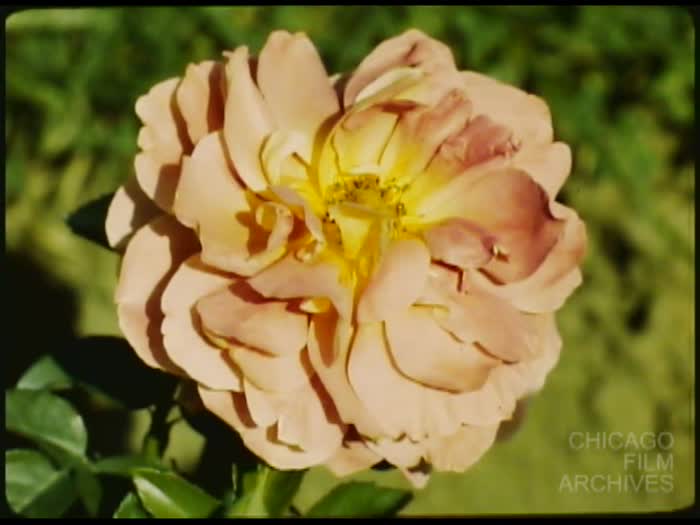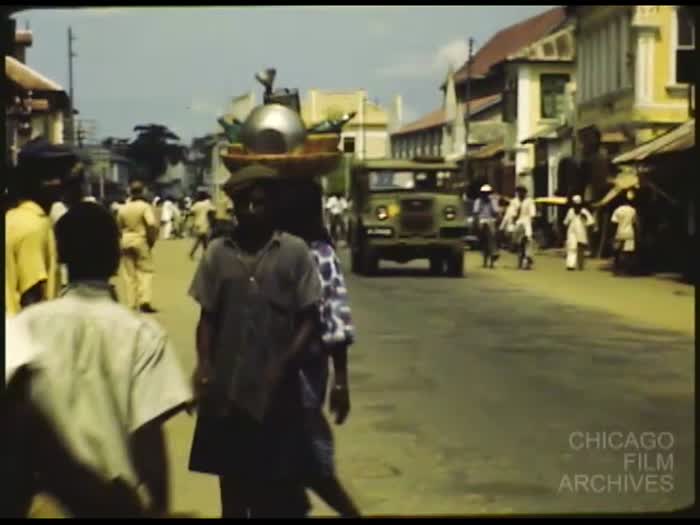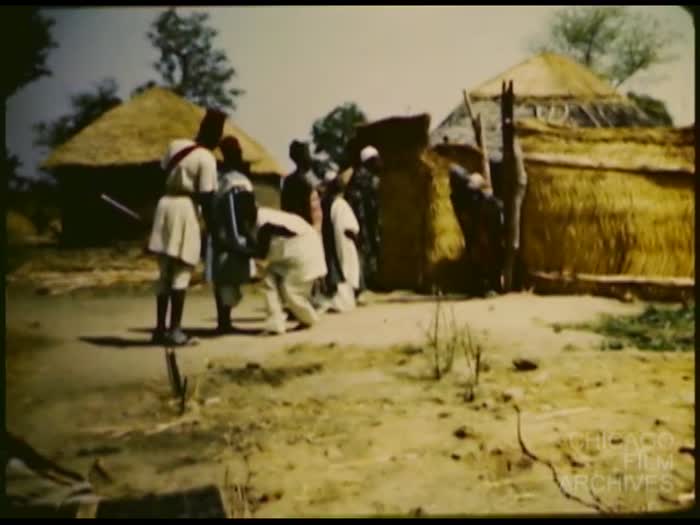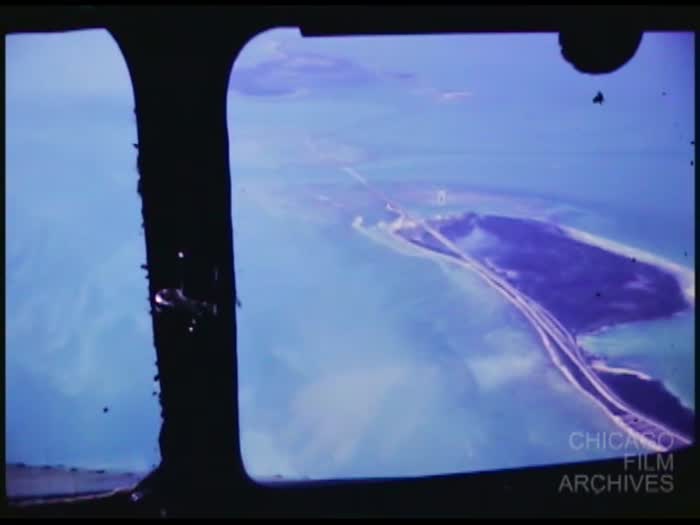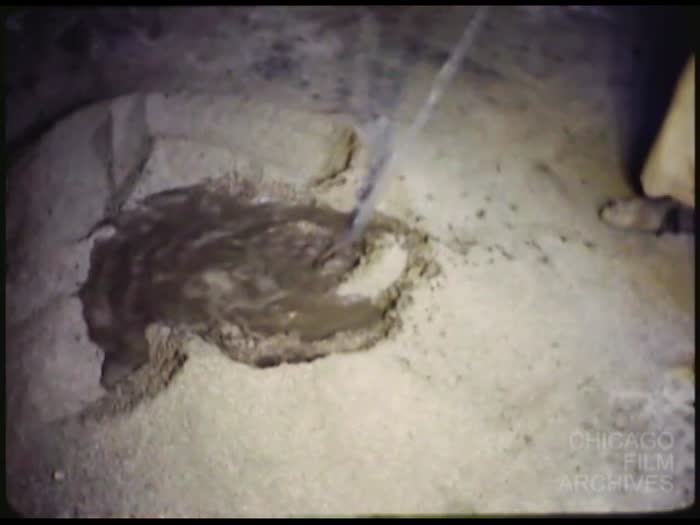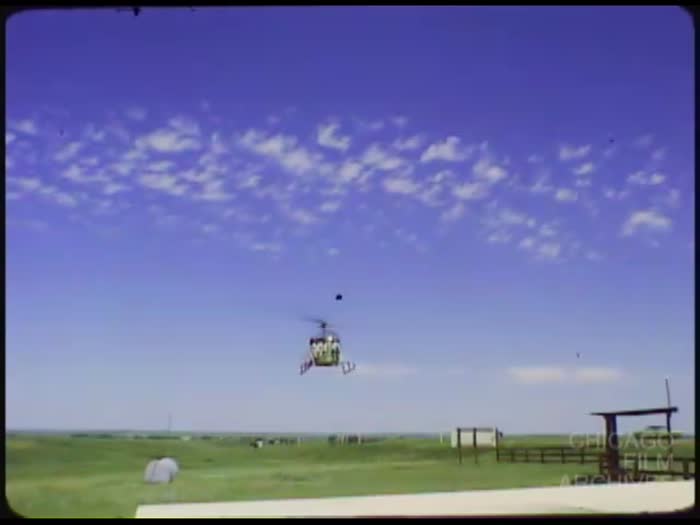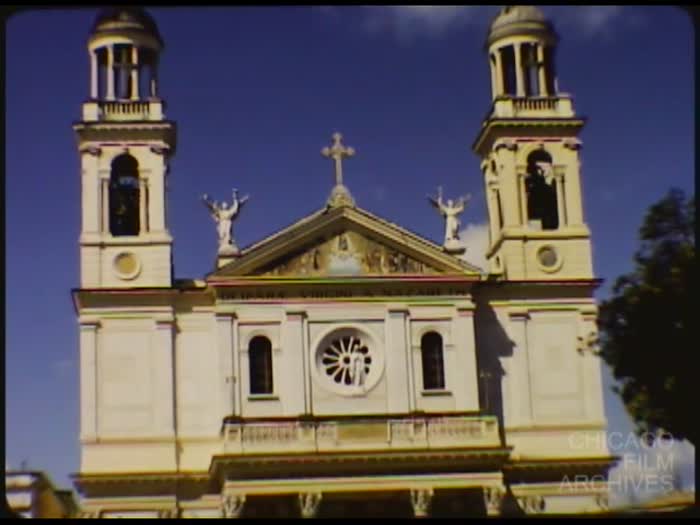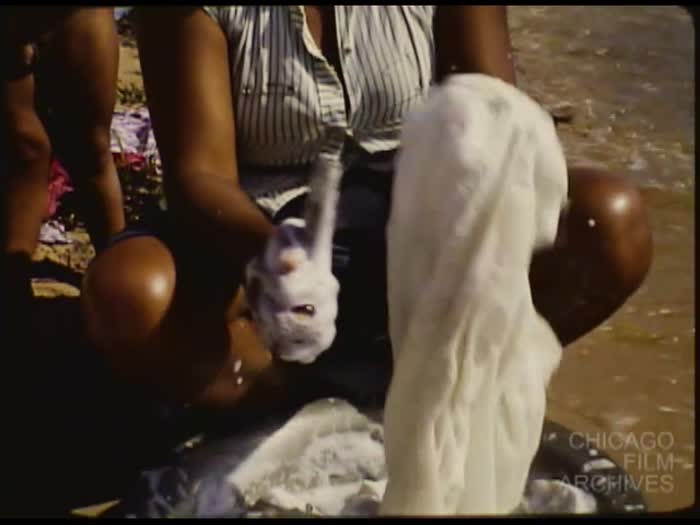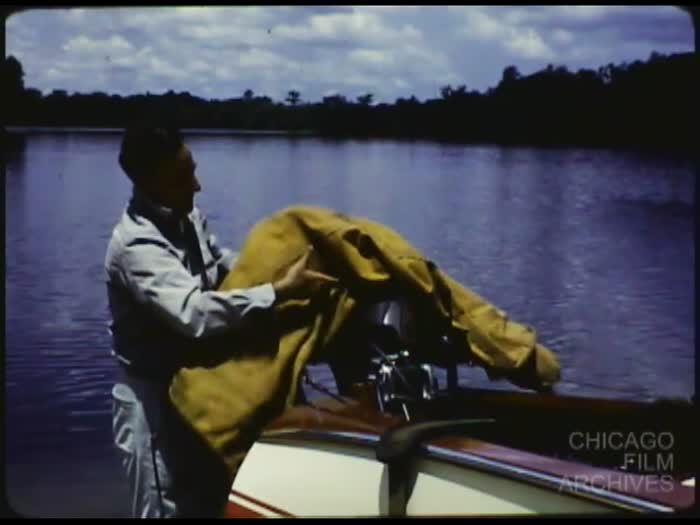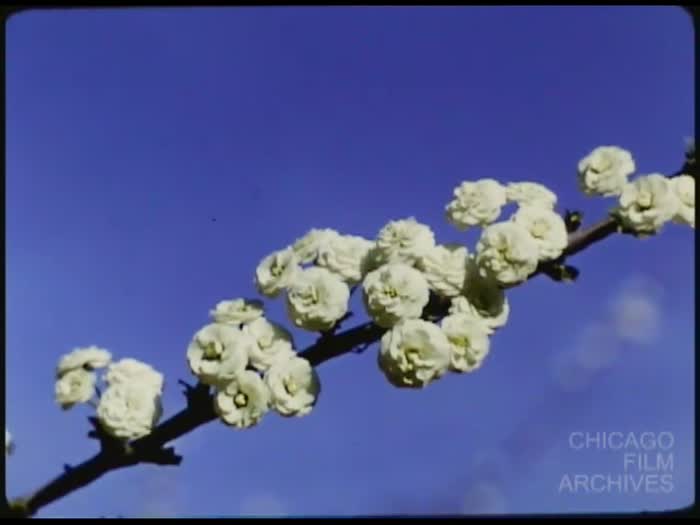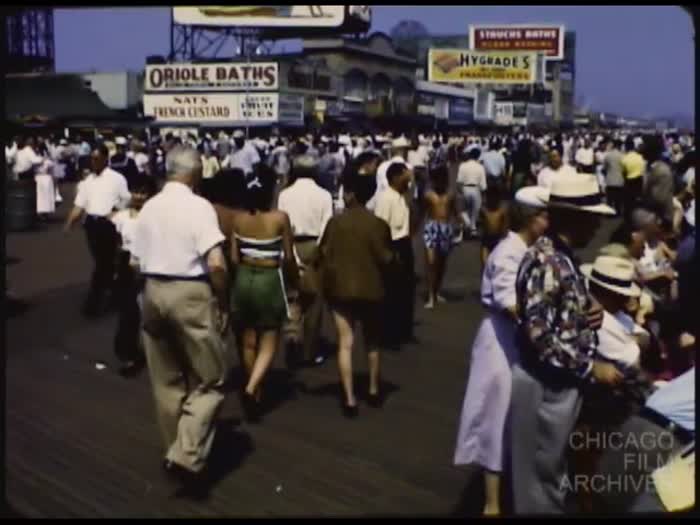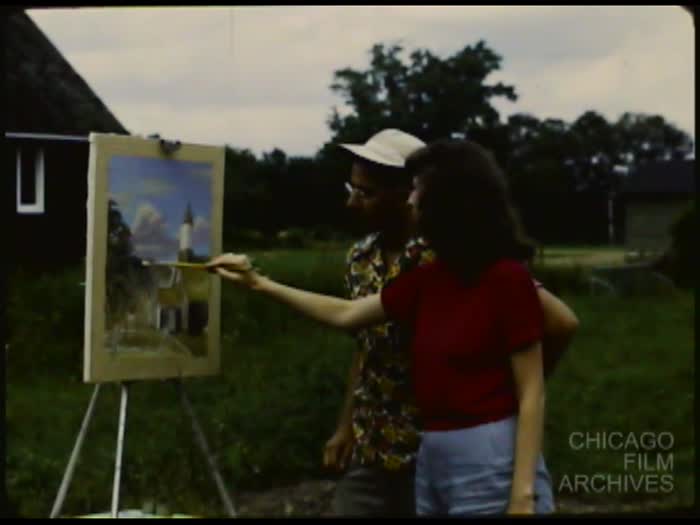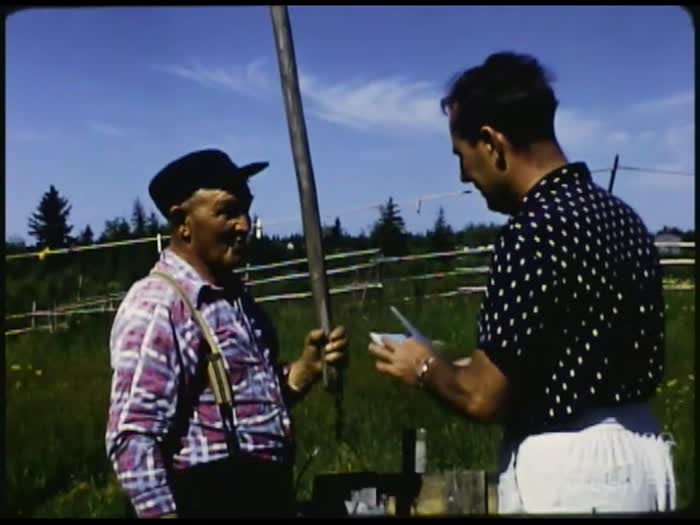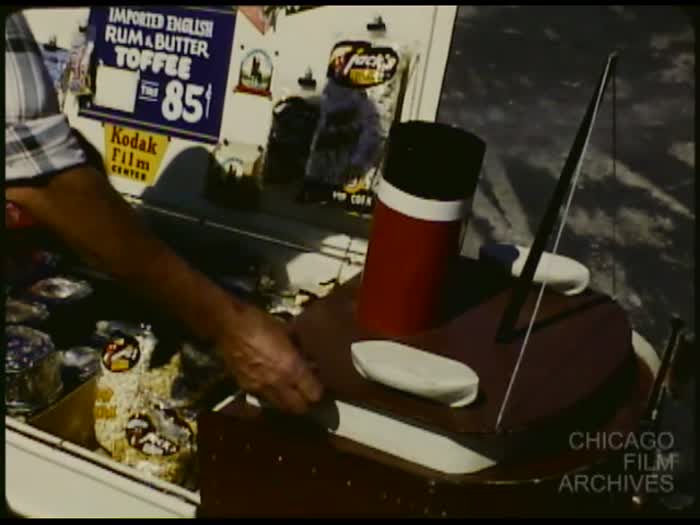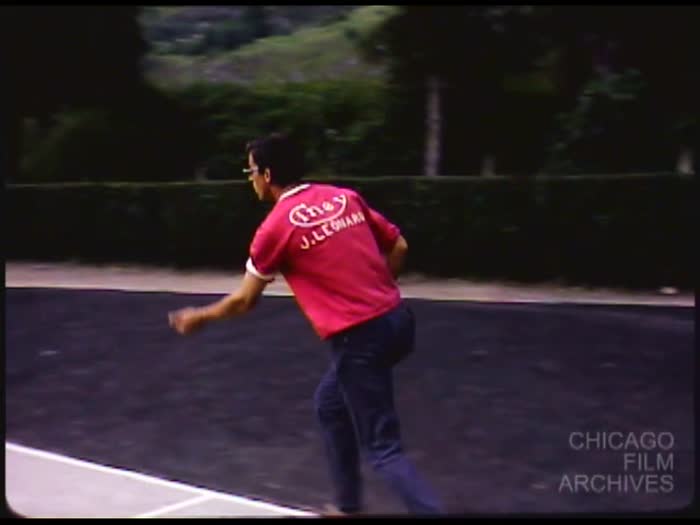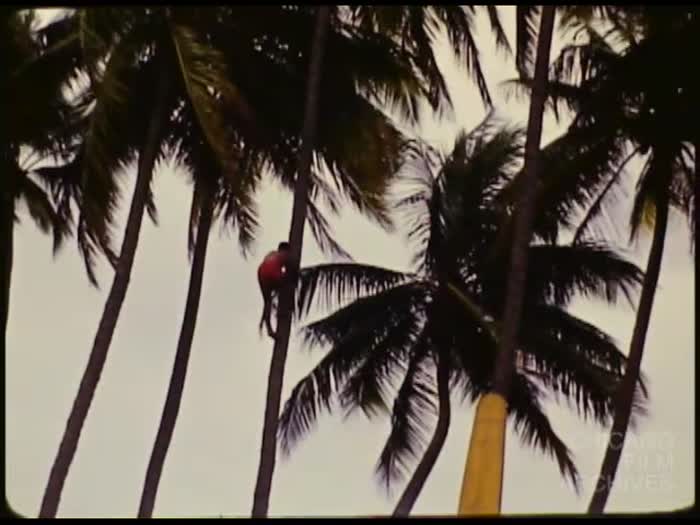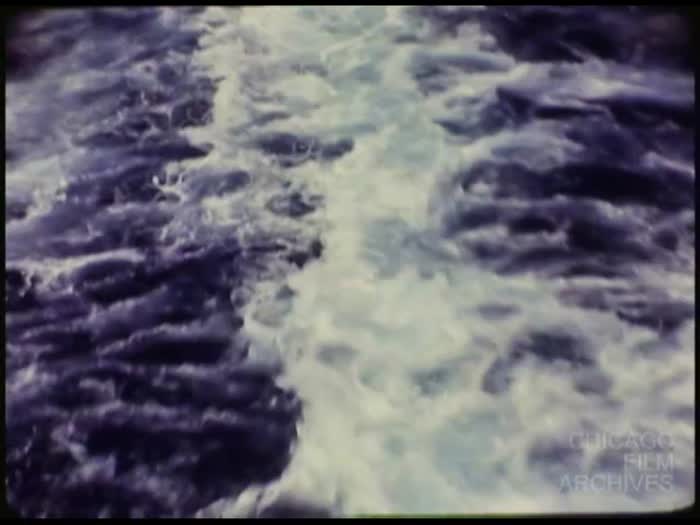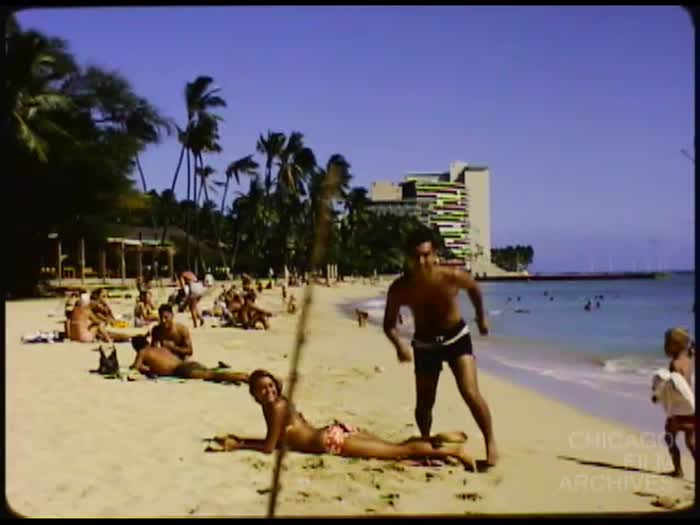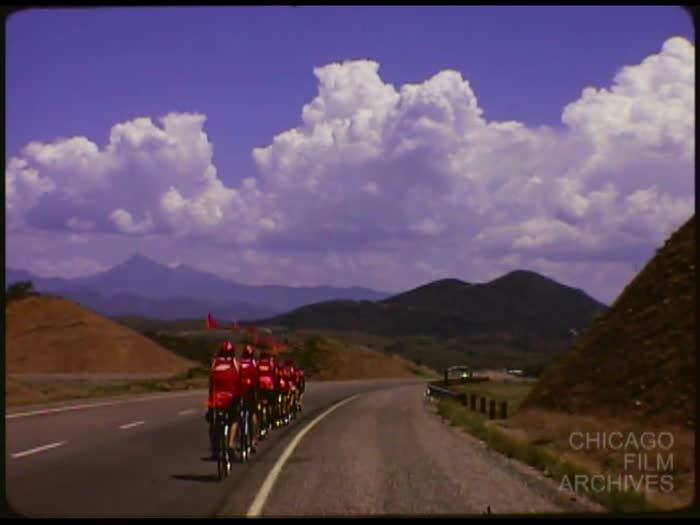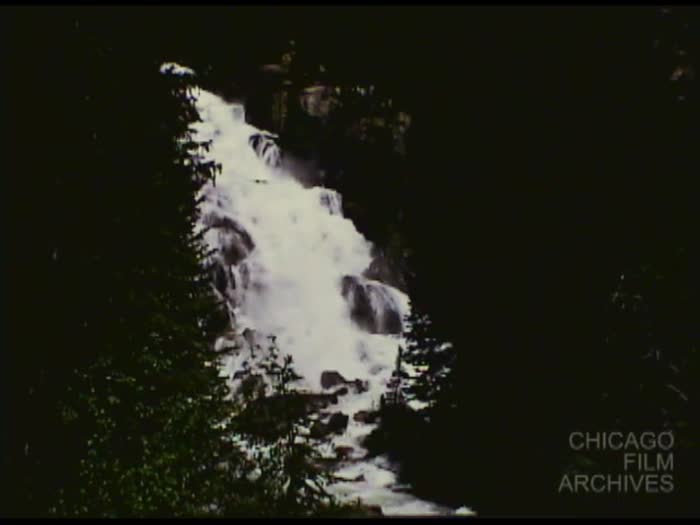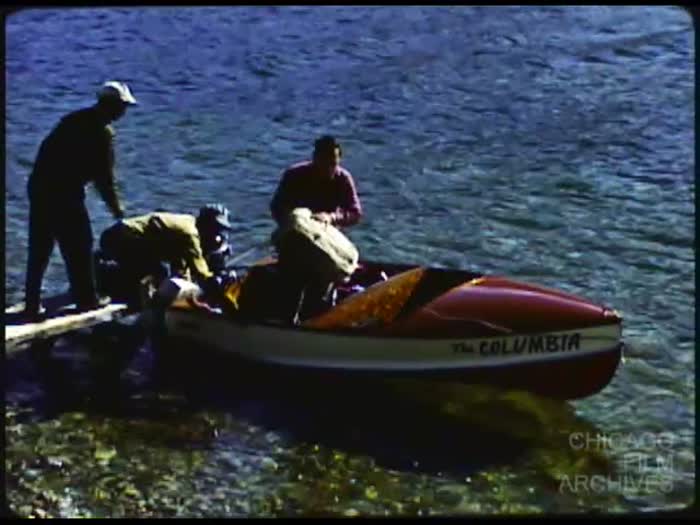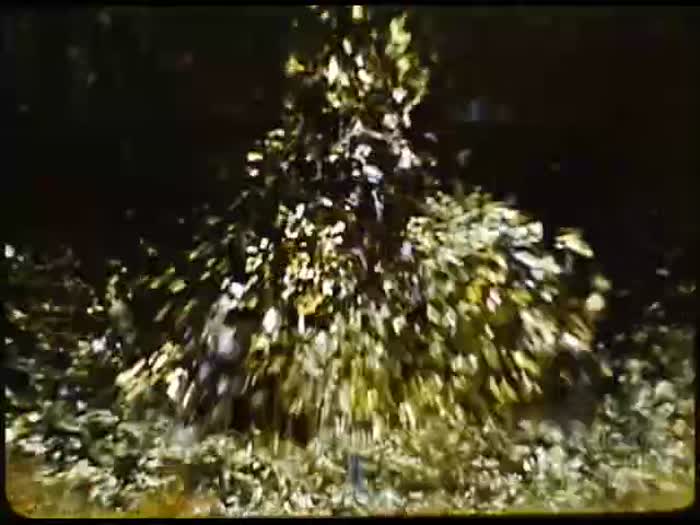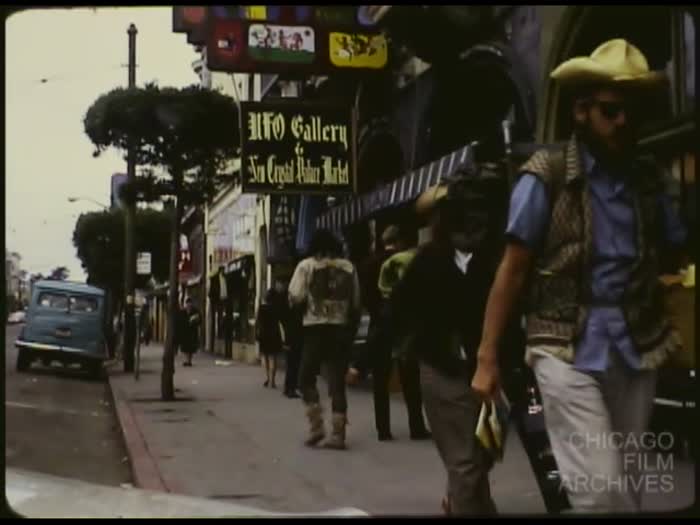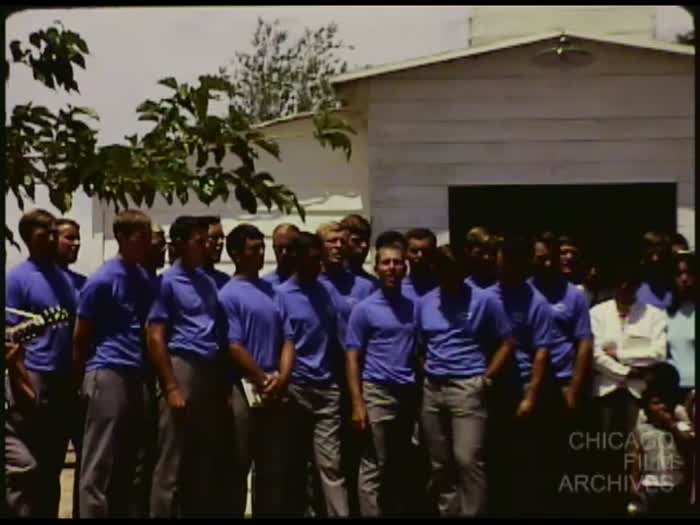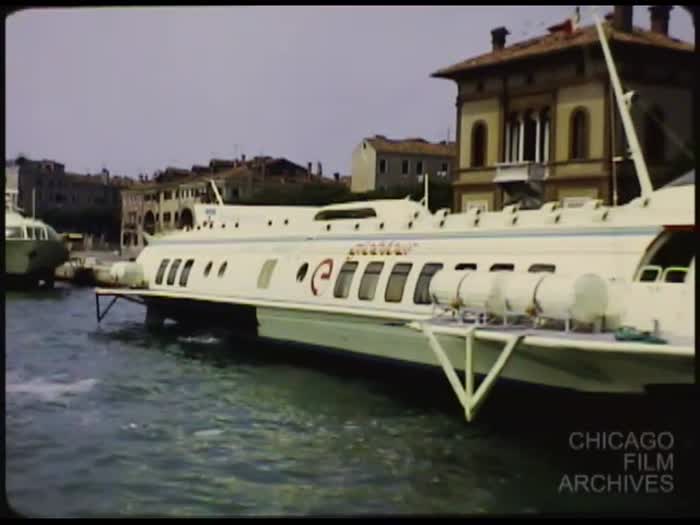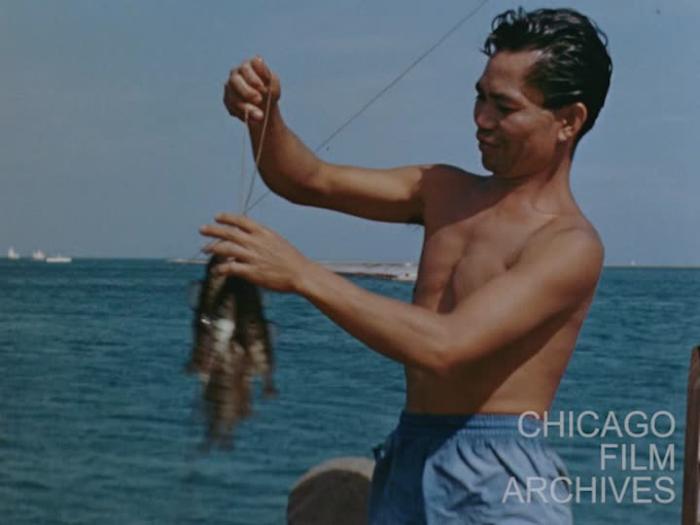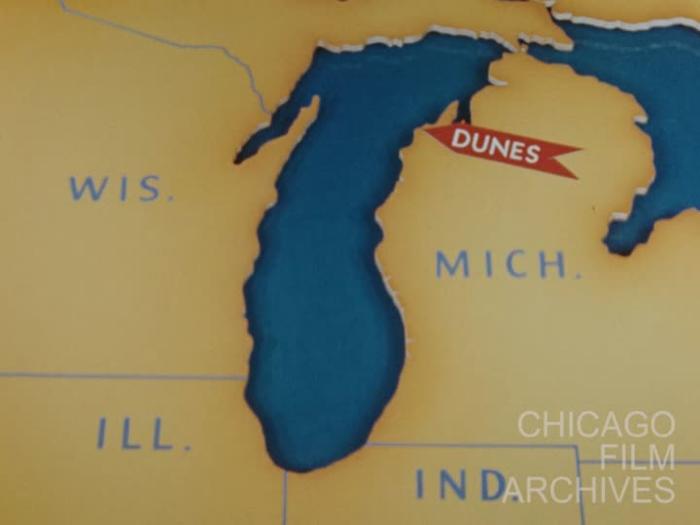Julian Gromer Collection

The travelogues include two films from a 1947 trip to Nigeria, a trip across Southern Canada, river journeys along the Columbia, Hudson and Amazon rivers, two films about vacations to Hawaii 25 years apart, a survey of the Gulf Coast, a 1946 trip to Cuba, three films on a Christian youth group cycling team, and a trip around Lake Michigan.
The papers include an account book dated from November 8, 1938 to December 28, 1956 that lists the location, income, and film screened for each of Gromer's lectures. Other papers include promotional pamphlets from his days with the Redpath Bureau; promotional pamphlets related to the Wandering Wheels Program; a magazine devoted to the life and work of pioneer travelogue filmmaker Burton Holmes and six documents from the Ralph Windows Travelogues company.
Photos include: 136 2x2.25" black and white photos from his 1946 Cuba vacation; 76 2x2.25" black and white photos from his 1947 trip to Nigeria; numerous promotional photos of Gromer nad his wife; a signed photo from Burton Holmes; and three photos from Gromer's time in the U.S. Army Signal Corps.
Related ephemera includes Gromer's 1946 passport; his membership in the Chicago Cinema Club; the breakfast menu from the oceanliner from their 1941 trip to Hawaii; and a 1973 award from the Chicago area Metro Movie Club.
Collection Items
- African Life
- African Prince, The
- Canada Coast to Coast (Part 1)
- Canada Coast to Coast (Part 2)
- Columbia River Adventure (Part 1)
- Columbia River Adventure (Part 2)
- Fabulous Gulf Coast, The (Part 1)
- Fabulous Gulf Coast, The (Part 2)
- Hawaiian Paradise 1941 (Part 1)
- Hawaiian Paradise 1941 (Part 2)
- Hawaiian Paradise 1966 (cassette tape) (Audio)
- Hawaiian Paradise 1966 (Part 1)
- Hawaiian Paradise 1966 (Part 2)
- Hawaiian Paradise 1966 (Part 2)
- In the Valley of the Hudson (Part 1)
- In the Valley of the Hudson (Part 2)
- John & Gary Gromer Home Movies 1948-1958
- John & Gary Gromer (Copy)
- John & Gary Gromer Home Movies 1966-1972
- Mighty Amazon, The (Part 1)
- Mighty Amazon, The (Part 2)
- Mountain Safari (cassette tape) (Audio)
- Mountain Safari (Part 1)
- Mountain Safari (Part 2)
- On the Shores of Lake Michigan Answer Print (Part 1)
- On the Shores of Lake Michigan Answer Print (Part 2)
- On the Shores of Lake Michigan Internegative (Part 1)
- On the Shores of Lake Michigan Internegative (Part 2)
- On the Shores of Lake Michigan (Part 1)
- On the Shores of Lake Michigan (Part 1) (2019 Preservation Print)
- On the Shores of Lake Michigan (Part 2)
- On the Shores of Lake Michigan (Part 2) (2019 Preservation Print)
- Sunny Cuba (Part 1)
- Sunny Cuba (Part 2)
- Wheels Across America (cassette tape) (Audio)
- Wheels Across America (Part 1)
- Wheels Across America (Part 2)
- Wheels Across Europe (cassette tape) (Audio)
- Wheels Across Europe (Part 1)
- Wheels Across Europe (Part 2)
Julian Gromer (Sept. 19, 1907- Dec. 4, 1986) worked as a 16mm travelogue lecturer from 1938 to 1975. Before his work as a lecturer he worked as a typesetter for a publishing company. In 1938 he began lecturing with a 8mm film of a vacation to California. He quickly added 16mm films of vacations to Mexico and Alaska. At that time Gromer lived in Elgin, Illinois, and most of his lectures took place in the greater Chicagoland area at churches, civic organizations, school groups and private parties.
In August of 1941 he married Gertrude Radatz. They spent their honeymoon in Hawaii during which Julian shot the footage that became Hawaiian Paradise. He began lecturing with the film in October of 1941. The Japanese attack on Pearl Harbor greatly increased demand for the film and in 1942 he was picked up by the professional lecture booking agency, the Redpath Bureau. He made one last film before spending the rest of the war years in the U.S. Army signal corps where he shot 16mm training films. Gertrude took over lecture duties while Julian was in the service.
After the war Gromer recommenced his travelogues with a 1946 film on Cuba called Sunny Cuba. Until 1959 he averaged one new film a year making films about trips to Nigeria; around Lake Michigan; along the Columbia, Colorado, Amazon, and Hudson Rivers; the Atlantic, Pacific, and Gulf Coasts of America; across southern Canada; following sheep herders in Idaho; and to the Grand Canyon. In 1959 Gromer became co-owner of the Grand Rapids, Michigan based company Windoes Travelogues, Inc., which books travelogue lecturers. That year the Gromers – Julian, Gertrude, and their two sons John and Gary – moved to Grand Rapids.
Running Windoes Travelogues lessened the number of films he made. From 1960 until his retirement he made five more films. In 1964 he traveled to the Grand Tetons. In 1966 he retraced his journey to Hawaii and made a new version of Hawaiian Paradise. His final three films revolved around his work with Wandering Wheels, which was a Christian youth group that conducted cross-country bicycle trips for teenagers.
In 1975 Julian Gromer retired from filmmaking and lecturing and sold his shares in Windoes Travelogues to his son John. Until the end of his life in 1986 Gromer continued to advise his son on running Windoes and acted as a mentor to travelogue filmmakers.



